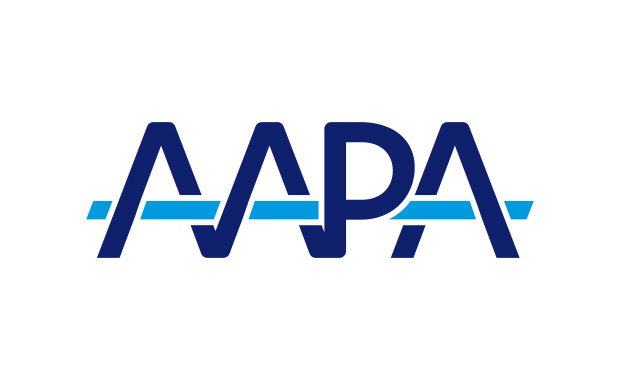Hospital PAs Report Higher Salaries, More Leadership Opportunities and Better Benefits
Contact: [email protected]
ALEXANDRIA, Va. (Aug. 3, 2018) –Today, the American Academy of PAs (AAPA) released its 2018 AAPA Salary Report, which found that PAs employed by hospitals report having higher salaries, more leadership opportunities, and better benefits than their counterparts employed by physician practices.
While robust salaries, leadership, and benefit opportunities are available to both PAs employed by hospitals and PAs employed by physician practices, this year’s report illustrates some clear differences between the two groups. PAs employed by a hospital earned median base salaries of $107,000 in 2017, compared to median base salaries of $101,000 for PAs employed by physician practices. PAs employed by hospitals are also more likely to report that there is a career ladder for PAs in their organization (27.7 percent vs. 11.0 percent), and that PAs hold formal leadership positions in their organization (57.5 percent vs. 28.2 percent). They are also more likely to have completed formal leadership training (12.6 percent vs. 8.7 percent). PAs employed by a hospital typically receive more paid time off than those employed by a physician practice (20.0 vs. 17.8 days of general paid time off and 8.4 vs. 5.0 days of sick paid time off).
“PAs are critical members of a patient’s care team who practice in all medical settings and specialties across the country,” said Jonathan Sobel, PA-C, MBA, DFAAPA, FAPACVS, president and chair of the AAPA Board of Directors. “This valuable resource will help PAs plan for the future and navigate the ever-changing healthcare job market.”
Hospital-employed PAs are the second largest group of PAs in the profession (34.9 percent or about 43,000 PAs), trailing only physician practice-employed PAs, which comprise 46.1 percent of the profession. Together these two groups make up 81 percent of all PAs. Academic medical centers are the most common hospital employer with 46.4 percent of hospital-employed PAs working in these hospitals. Almost two in five (38.8 percent) hospital-employed PAs work for community nonprofit hospitals and nearly 15 percent of all hospital-employed PAs reported they are employed by other hospital types.
Other highlights from the report include:
- A 2.9 percent increase in PA salaries, from a median base salary of $102,000 in 2016 to $105,000 in 2017.
- PAs working part-time (24 hours per week) have base salaries of $79,500, which equates to about 75 percent of the full-time (40 hours per week) median base salary of $105,000. Similarly, part-time PAs who are paid on an hourly basis earn a median hourly wage of $56, compared to $60 an hour for full-time PAs.
- States with higher PA median compensation levels tend to have a higher cost-of-living. Once cost-of-living differences are considered, the top five cost-of-living adjusted median base salaries for PAs are in Mississippi ($117,925), Iowa, ($117,519) Oklahoma ($117,127), Texas ($115,546), and Indiana ($113,786). Information about the buying power of PA salaries in each state can be found in the report.
PAs are medical professionals who diagnose illness, develop and manage treatment plans, prescribe medications, and often serve as a patient’s principal healthcare provider. With more than 123,000 licensed PAs today, the PA profession is projected to increase 37% from 2016 to 2026, significantly more than average for all occupations.
The AAPA Salary Report is the only PA salary resource that provides detailed information about base salary, base hourly wage, bonus, and benefits. The report provides detailed breakdowns based on experience, specialty, setting, and employer. Data for this report were collected through the 2018 AAPA Salary Survey between February 2 and March 2, 2018. The survey was sent to 78,244 PAs (including AAPA members and nonmembers), and 9,140 PAs responded to the survey. For more information on the methodology, please view the full report.
###
About the American Academy of PAs
AAPA is the national organization that advocates for all PAs and provides tools to improve PA practice and patient care. Founded in 1968, AAPA represents a profession of more than 123,000 PAs across all medical and surgical specialties in all fifty states, the District of Columbia, the U.S. territories and the uniformed services. Visit www.aapa.org to learn more.


